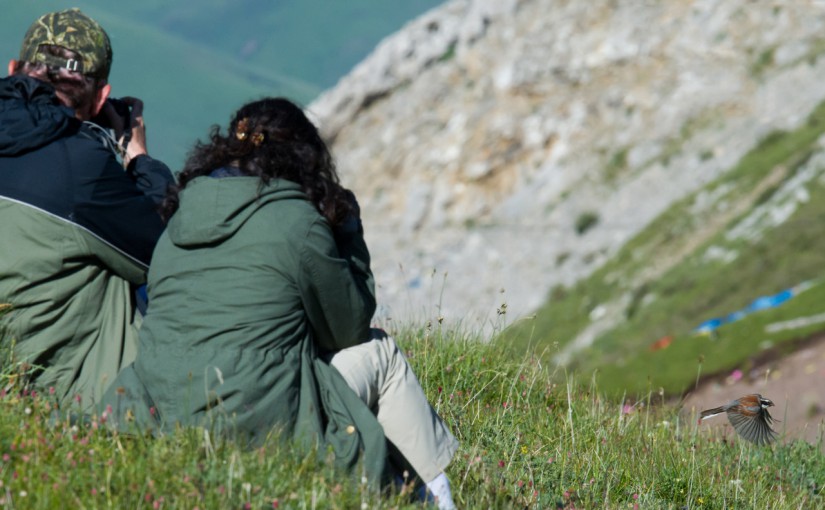by Craig Brelsford
Founder, shanghaibirding.com
In 23 days our three-person team drove 4724 km (2,935 mi.), beginning and ending in Lánzhōu, Gansu. Most of our time was spent in Qinghai. We ranged from Hùzhù Běishān on the northeastern border with Gansu to Nángqiān in the south near Tibet. We also visited Qinghai Lake and the desert around Chákǎ. In Gansu, we made a foray east of Lánzhōu to Yùzhōng.
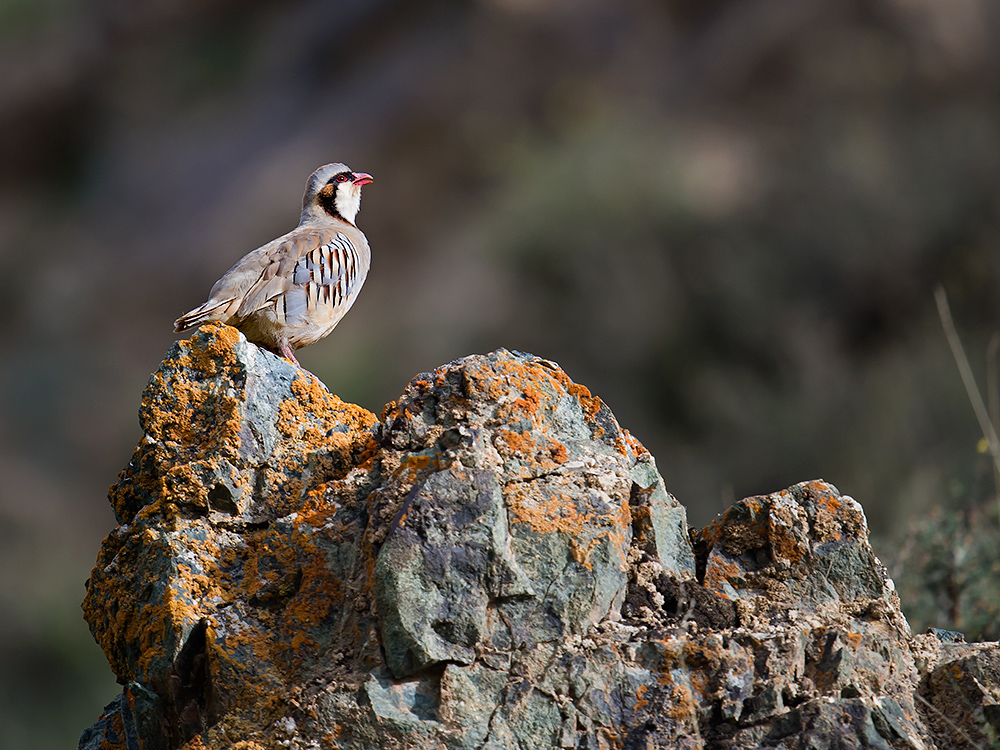
HIGHLIGHTS
• Finding 136 species of bird amid some of the most dramatic scenery on earth
• Photographing Tibetan Snowcock in a snowstorm on Èlā Mountain
• Scrambling up a steep hillside to get photographs of Przevalski’s Partridge in the Dūlán Mountains
• Following a flock of Henderson’s Ground Jay for an exhilarating hour at Chákǎ
• Scrambling up a mountain near Bayan Har Pass, topping out at 5078 m or 16,660 ft., the highest I’ve ever been in my life, and finding a baby Tibetan Gazelle
• On Mt. Kǎndá, finding and photographing Tibetan Bunting
• In Kǎndá Gorge finding Tibetan Partridge and Tibetan Babax
• At Hēimǎhé getting sustained views of Przevalski’s Finch
• Spending quiet time with Tibetan Rosefinch on Èlā Mountain
• Enjoying the stunning scenery near Gǎ’ěr Monastery, and finding a herd of 25 Blue Sheep there
• Driving for thousands of kilometers in some of the remotest country in China without a major breakdown, and living for more than three weeks at high altitude without any member of my team suffering a serious health problem
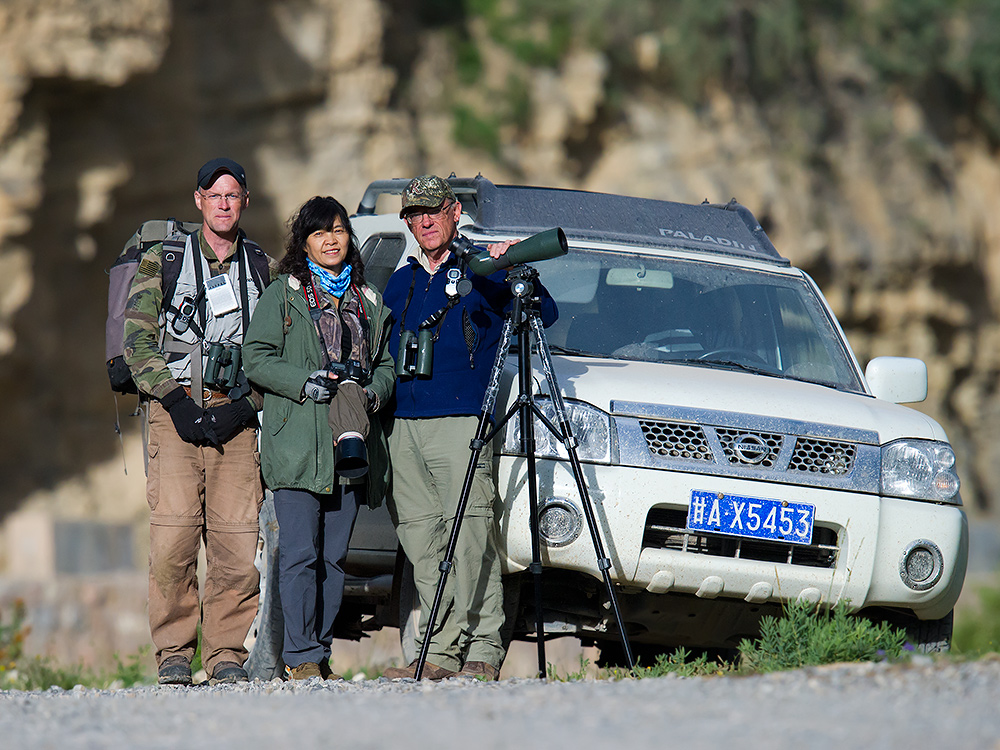
THE TRIP (all dates 2013)
Fri. 19 July
Huángzhōng (湟中), Qinghai
I awoke at my apartment in Shanghai at 0500. My flight to Lánzhōu (兰州), capital of Gansu, took off from Hóngqiáo Airport at 0810, 25 minutes behind schedule. The weather in Lánzhōu was cool (18°C) and clear, buoying my spirits as I took the shuttle bus into town. In Lánzhōu I met my partners, Jon Gallagher, a British-American birder from Maryland, and Huáng Xiǎo Ān (黄小安), a birder from Beijing. Jon, ranked 35th on the surfbirds.com list of persons who have viewed the most species of bird, had a simple goal: to add to his list of more than 7,200 species. Xiǎo Ān, a new birder, speaks some English, and she provided invaluable services as our fixer. She even occasionally relieved me of the duties of driving. My goal for this, my first trip to Gansu and Qinghai, was to collect photographs of as many new species as possible. Good photos would be used in the book I’m writing, a photographic field guide to the birds of China. I am the sole writer and chief photographer of the photographic field guide. Our rental-car agency was Lánzhōu Bǎolái Qìchē Zūlìn (兰州宝来汽车租赁; +86 138-9335-3591; ask for Chén Chén [陈晨]). There, we picked up our Nissan Paladin (in China, the Nissan Xterra is called the “Paladin”). Renting the Paladin cost 450 yuan per day. We went to the grocery store to stock up. In the store, we saw a Eurasian Tree Sparrow Passer montanus. We saw Eurasian Tree Sparrow in every town and village and occasionally in more out-of-the-way places. We headed west out of Lánzhōu. We entered Qinghai and drove through Xīníng (西宁). We wanted to drive all the way to Hēimǎhé (黑马河) on Qinghai Lake, but a traffic jam in Xīníng slowed our progress. We spent the night at a truck stop in Huángzhōng.
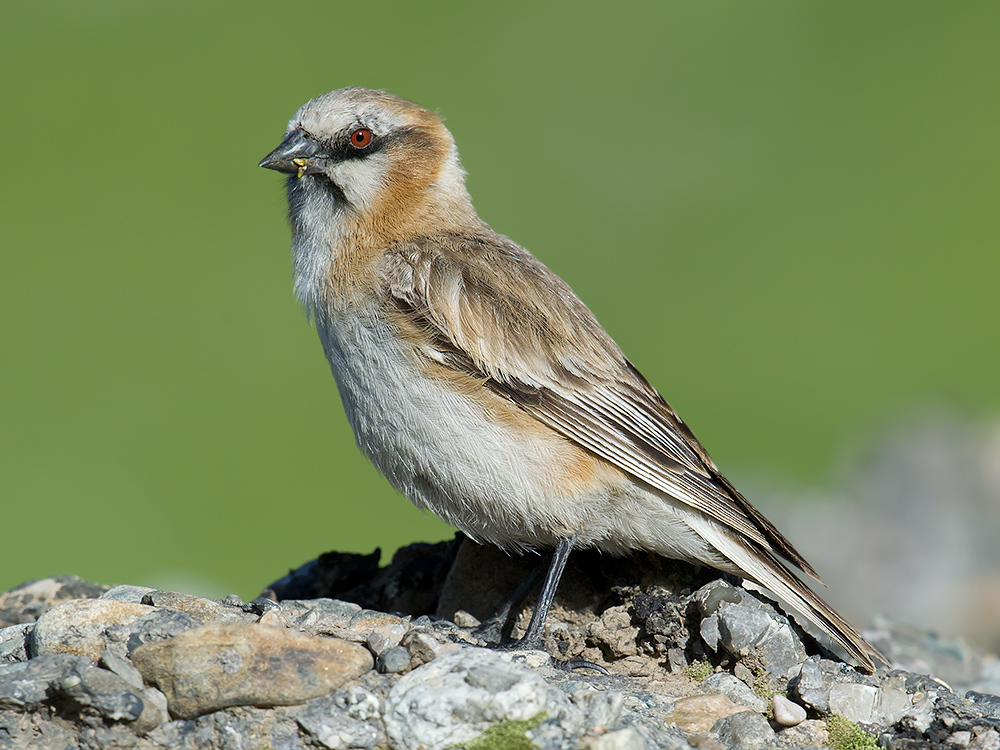
Sat. 20 July
Hēimǎhé (黑马河)
We drove to Qinghai Lake. We stopped at a village in Èrlángjiàn (二郎剑) at the southeastern corner of that inland sea. Here we saw our first Black Redstart Phoenicurus ochruros. Black Redstart would be one of the most commonly seen birds on the trip, occurring in towns and villages, on farms, around ruins, along roads, and in mountains. We saw Ground Tit Pseudopodoces humilis. Formerly thought to be the world’s smallest crow, Ground Tit now holds the title of world’s largest tit. Throughout the trip, we saw this species regularly above 2500 m. At the village we saw a pair of Hill Pigeon Columba rupestris, another bird found nearly everywhere we went. Also here were Feral Pigeon Columba livia. We left the village and drove down a dirt road leading toward the lake. I found and photographed my first Isabelline Wheatear Oenanthe isabellina. We saw our first Horned Lark Eremophila alpestris. Horned Lark would be seen in nearly every environment we traversed, from the deserts around Chákǎ to the cold mountain pass at Èlā. In most places, they were the most abundant lark. Another common lark was Oriental Skylark Alauda gulgula. We found Oriental Skylark in most of the grasslands we visited. Still another common lark was Hume’s Short-toed Lark Calandrella acutirostris. We saw Rock Sparrow Petronia petronia. We saw about 30 Pallas’s Gull Ichthyaetus ichthyaetus. We saw our first of many Upland Buzzard Buteo hemilasius. Upland Buzzard was by far the most commonly noted raptor on the trip, seen in nearly all types of habitat. From Hēimǎhé we drove into the Rubber Mountains, stopping at km 2189.5 on the G109. The most numerous snowfinch there was Rufous-necked Snowfinch Pyrgilauda ruficollis. We saw about 25. Rufous-necked Snowfinch was the most commonly seen snowfinch on our trip. We saw two of the big scavengers of the Tibetan Plateau: Bearded Vulture Gypaetus barbatus and Himalayan Vulture Gyps himalayensis. We saw Himalayan Vulture in most places we visited and Bearded Vulture in a few. We saw Eurasian Collared Dove Streptopelia decaocto. Passerines: Grey-backed Shrike Lanius tephronotus, about 20 Tibetan Snowfinch Montifringilla adamsi, a single male Streaked Rosefinch Carpodacus rubicilloides, Twite Linaria flavirostris, Eurasian Magpie Pica pica, and Large-billed Crow Corvus macrorhynchos. The latter two species were commonly encountered in various habitats and at various elevations throughout the Qinghai trip. We saw Grey Wagtail Motacilla cinerea and White Wagtail Motacilla alba; we spotted these species at various places in Qinghai. We saw no Citrine Wagtail anywhere on the Qinghai trip. We saw our first Red-rumped Swallow Cecropis daurica as well as our first Asian House Martin Delichon dasypus. We would encounter these species at various locations in Qinghai, with the swallows being more common than the martins. We checked into Mínzú Bīnguǎn (民族宾馆; +86 974-8519360). Accommodations were spartan, and my bathroom stank, but the staff was friendly.
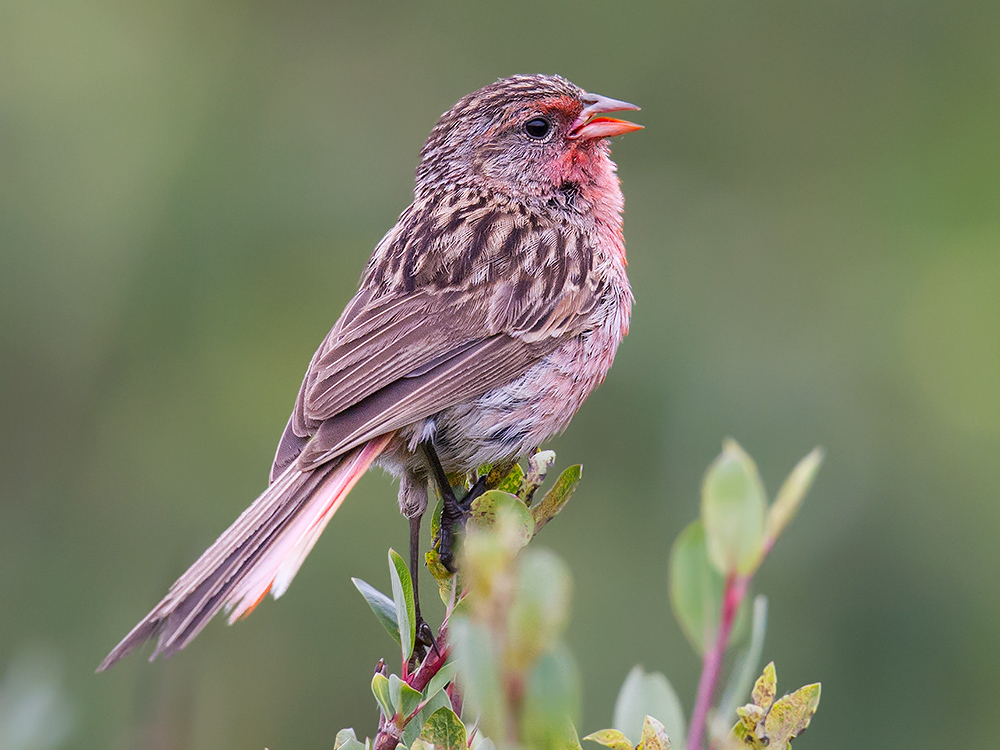
Sun. 21 July
Hēimǎhé
All morning at km 2189.5; photographed Przevalski’s Finch Urocynchramus pylzowi. I found a male and a female. Neither finch nor bunting, Przevalski’s “Finch” is rather something in between, having diverged from what became Fringillidae and Emberizidae before those families were established in their present forms. Its graduated tail is much unlike the tail of a true finch, and it has a well-developed tenth primary, whereas in typical finches and in buntings the tenth primary is vestigial. We saw 5 Robin Accentor Prunella rubeculoides. Robin Accentor was one of the more common birds around Hēimǎhé; we were seeing about 20 per day in our three days there. Almost as numerous was its congener, Brown Accentor Prunella fulvescens. I captured a spectacular set of photographs of a juvenile Rosy Pipit Anthus roseatus. We saw two species of mammal. One was a Woolly Hare Lepus oiostolus. It fed unconcerned by us even as we crawled to within 5 m of it. I’ve seen hares in petting zoos more fearful of humans than was this totally wild individual. We inadvertently startled a Red Deer Cervus elaphus. The individual, a fawn, galloped up the scrubby hill, showing great stamina at that altitude, and disappeared beyond the crest. We saw two species of Phylloscopus warbler: Smoky Warbler Phylloscopus fuligiventer and Alpine Leaf Warbler Phylloscopus occisinensis. We ended up seeing about 20 per day in the area. I got a record shot of Common Kestrel Falco tinnunculus. We frequently came upon Siberian Stonechat Saxicola maurus. I drove the team to “Rubber Mountain Pass” (elev. 3817 m), where for the first time I saw Güldenstädt’s Redstart Phoenicurus erythrogastrus; we found a male and a female. I saw a single Tibetan Lark Melanocorypha maxima and Tibetan Snowfinch. On the western side of the pass, the climate was noticeably dryer. After taking a nap in the quiet desert, we drove back to km 2189.5. As we were walking through the valley, we witnessed a serious two-car accident. The driver of an expensive SUV had foolhardily tried to overtake an 18-wheeler going uphill; a car coming downhill in the opposite lane couldn’t brake in time, and the SUV swerved to avoid a head-on collision. The two vehicles glanced off each other, but the impact was still great. Although uninjured, the persons involved must have been horrified by the near-fatal collision; they sat miserably on the side of the road, awaiting rescue. The SUV couldn’t be moved and continued to block traffic in the right-hand lane. Watching through my binoculars, I was reminded of how dangerous driving is in China, and I vowed to do everything I could to avoid an accident. We were unable to find Alashan Redstart. Jon saw a single Salim Ali’s Swift, and we all saw many House Swift Apus nipalensis as well as Common Swift Apus apus. A pair of Rosy Pipit had a nest in the area. I photographed my first Himalayan Marmot Marmota himalayana of the trip. At the car, I photographed my first Eurasian Hoopoe Upupa epops of the trip.
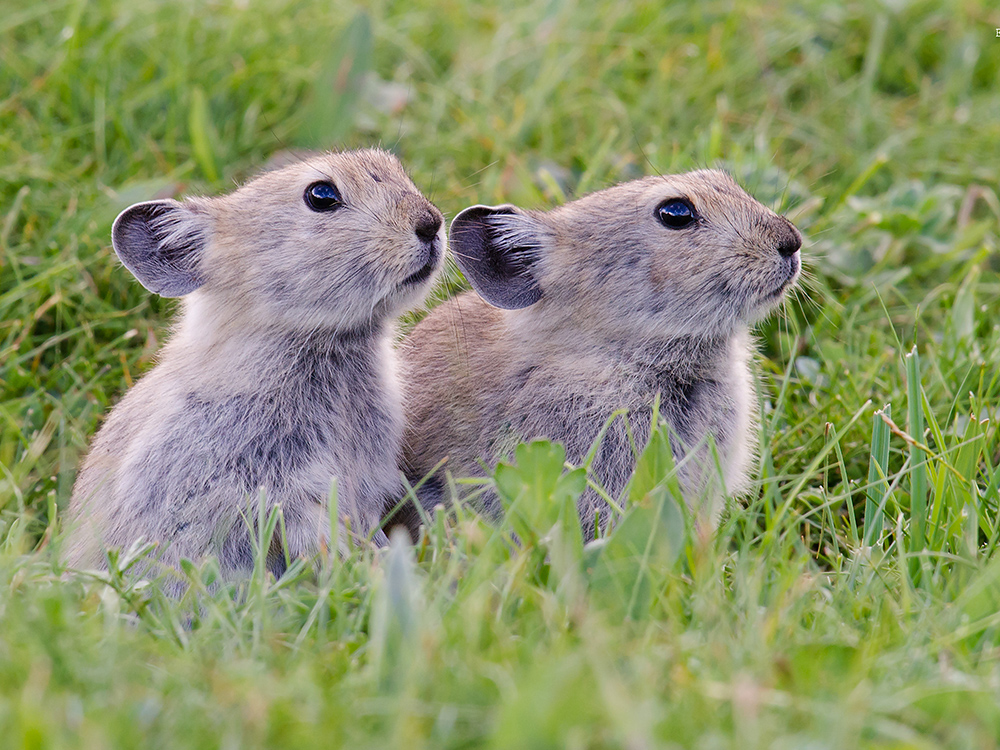
Heading back toward Hēimǎhé, our team explored a side valley unmentioned in others’ reports. Just at the entrance to this valley, we were delighted by a pair of Plateau Pika Ochotona curzoniae. The pair was more curious than afraid of our car and posed at the entrance to their burrow. I photographed a Red-billed Chough Pyrrhocorax pyrrhocorax. Back at Hēimǎhé, near Qinghai Lake, we found about 12 Brown-headed Gull Chroicocephalus brunnicephalus. The gulls were in breeding plumage, showing the distinctive brown head with black border. Jon used the spotting scope to find 4 Black-necked Crane Grus nigricollis, around 20 Bar-headed Goose Anser indicus, and 10 Ruddy Shelduck Tadorna ferruginea. There were 6 Mallard Anas platyrhynchos, a fast-flying flock of 12 Great Cormorant Phalacrocorax carbo, Common Tern Sterna hirundo, and Eastern Cattle Egret Bulbulcus coromandus. We saw a Little Ringed Plover Charadrius dubius.
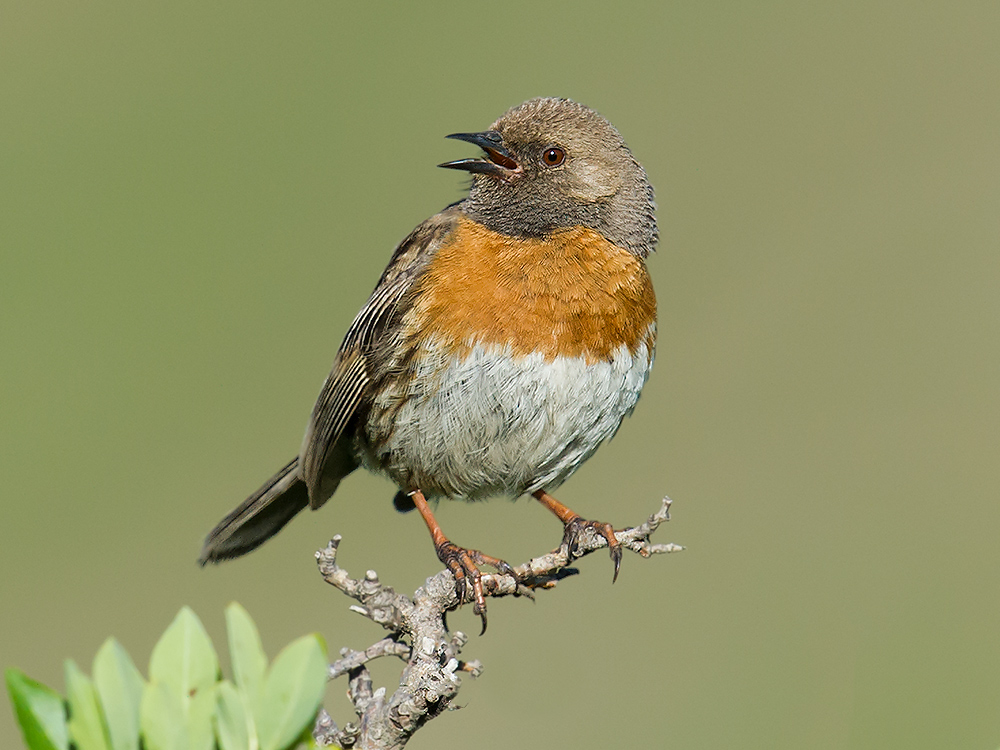
Mon. 22 July
Chákǎ (茶卡)
At Hēimǎhé this morning we drove up the new valley. An old Tibetan lady needed a ride, so we took her with us up the dirt road. She spoke only Tibetan. Driving up the valley, we photographed a male Güldenstädt’s Redstart. We found 3 Pale Martin Riparia diluta. As we were walking toward the first scrub-covered mountain, we saw a herd of 9 Red Deer on the ridge top. As we were walking up the mountain, we saw 10 Robin Accentor in perfect early-morning light. The handsome birds were perching atop the bushes and singing. Even though we were early in the trip, the high altitude, lack of sleep, and lack of regular meals were already wearing me down. But watching those beautiful accentors, my energy came back. On the mountain, I got views and photos of 2 White-browed Tit Poecile superciliosus and 3 White-browed Tit-warbler Leptopoecile sophiae. We saw 2 Smoky Warbler. Jon and I spent a little time nailing the ID of the Smoky Warbler. A combination of geographical location, plumage (non-barred, “brown” Phylloscopus), and especially voice compelled our ID. Using my neat new Olympus DM-650, I recorded this individual’s powerful song; later, I compared my recording to recordings downloaded from xeno-canto.org. Here is the song I recorded of the Smoky Warbler (01:38; 2.4 MB):
We saw Blue-fronted Redstart Phoenicurus frontalis. With their blue hood, adult males are unmistakable; females are distinguishable from other Phoenicurus females by the presence of black tips to all tail feathers and by the clicking contact call. A pair of Twite had made a nest on the mountainside. We drove to Hēimǎhé for lunch, then back across the Rubber Mountains, stopping again at Rubber Mountain Pass. I once again noted the many Tibetan Snowfinch there. Near Chákǎ, we saw Isabelline Wheatear along the road. After checking into Qīngyán Bīnguǎn (青盐宾馆; +86 977-8240254) in Chákǎ, we drove about 10 km west of the small city. There, we found habitat suitable for Henderson’s Ground Jay Podoces hendersoni. Sure enough, we saw 2 through Jon’s spotting scope. I walked in, camera in hand. Jon, standing near the car on the side of the G109, guided me by walkie-talkie. I was unable to track down the ground jays. In the flat chaparral I found Asian Short-toed Lark Calandrella cheleensis. We drove back through town to a random spot east of town on the highway. Along the way we found Black-faced Bunting Emberiza spodocephala. We saw 10 Common Redshank Tringa totanus. We walked into the desert. Mrs. Huáng found a single Henderson’s Ground Jay and photographed it. I arrived too late to see the ground jay.
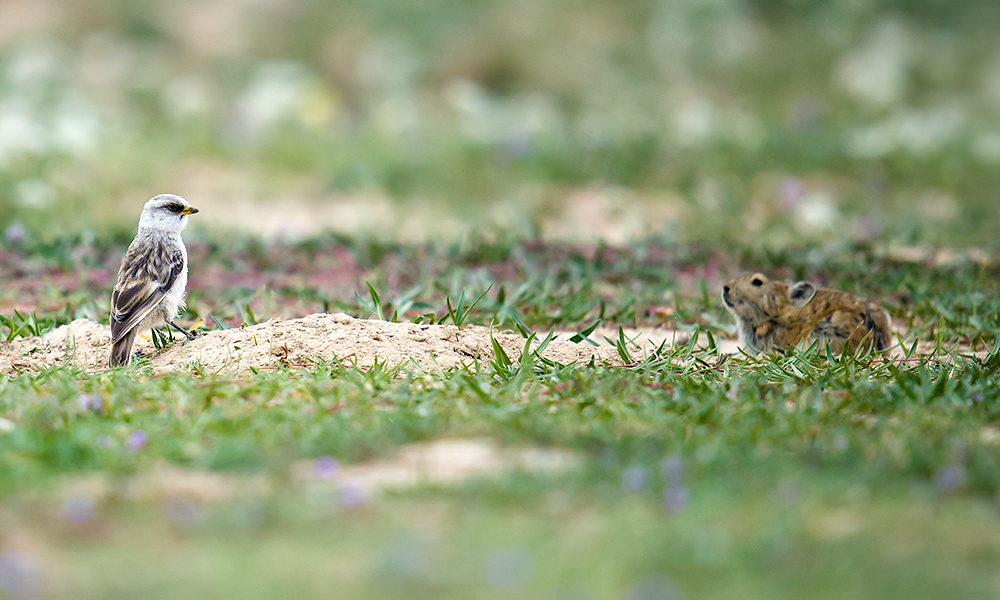
Tue. 23 July
Chákǎ
At 0500 our team drove west of Chákǎ along the G109. Peter Collaerts, a Fleming who had recently been to Qinghai, recommended a place to me. We left the highway and drove slowly across the desert to the base of the Dūlán (都兰) Mountains. We started walking. Soon we saw Alashan Redstart Phoenicurus alaschanicus, also known as Przevalski’s Redstart. Eating breakfast on the mountainside with Jon, we heard the calls of Przevalski’s Partridge Alectoris magna. A covey of 20 to 25 moved down slope. I climbed up the mountainside to meet them. It was exhausting work to climb a mountain at 3800 m with 13 kg of gear. Przevalski’s Partridge ranges from northern Qinghai to central Gansu. It’s very similar to Chukar Partridge, being distinguished from it by the russet line running alongside the black line on its ear coverts and neck sides. A family of 8 Eurasian Hoopoe was present in the valley. We saw and heard Red-billed Chough, Meadow Bunting Emberiza cioides, a single Carrion Crow Corvus corone, and Himalayan Vulture. Down the valley, near the abandoned farm buildings, we found a pair of Rock Sparrow, an Oriental Skylark, and a pair of Black Redstart. After a long rest, we drove across the arid rangeland toward Chákǎ. Turning down another dirt road, we found a Desert Wheatear Oenanthe deserti. Farther along the G109, we stopped yet again, having seen a large raptor on the ground a few hundred meters away. It was only an Upland Buzzard. In the distance were 3 male Tibetan Gazelle Procapra picticaudata. I photographed 2 White-rumped Snowfinch Onychostruthus taczanowskii. The snowfinches stayed near a colony of Plateau Pika. Exhausted, we drove slowly back to Chákǎ.
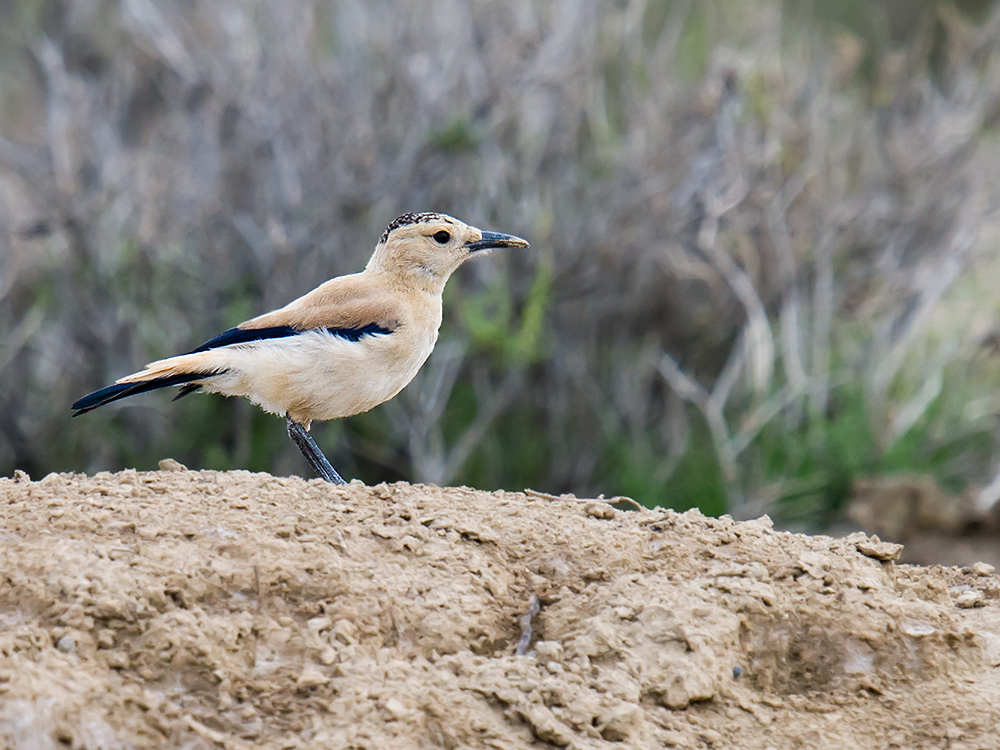
Wed. 24 July
Chákǎ
In the morning, I was feeling weak, but I managed to drive the team to the village near km 2238. There, I saw my only Azure-winged Magpie Cyanopica cyanus of the trip. Other birds at the village: Grey-backed Shrike, Eurasian Collared Dove, and Great Spotted Woodpecker Dendrocopos major. Reading others’ reports carefully, we found the place where Pallas’s Sandgrouse Syrrhaptes paradoxus had been reported. The place is the rangeland around km 2238. There, I spotted a single Pallas’s in flight. Near the place where we saw the sandgrouse, I photographed, for the only time on the trip, Blanford’s Snowfinch Pyrgilauda blanfordi. At 1600, after a four-hour rest at Qīngyán Bīnguǎn, we went back to the bushy rangeland west of Chákǎ where we’d seen Henderson’s Ground Jay. Jon reminded me of a simple rule of birding: If you want to find a bird, then go back to the place where you or others have seen it. “Bird the birds!” Jon cried. This time, we found a party of 5 Henderson’s Ground Jay. For one splendid hour, we followed these birds across the range. We saw one catching a lizard, we saw them running fast on the ground, we saw them flying, we saw them perching. I achieved good photographs. Eurasian Hoopoe were shadowing the ground jays. I had my first views ever of Isabelline Shrike Lanius isabellinus. There were about 15 in the area. There were also about 5 Grey-backed Shrike. A flock of about 25 Hoopoe suddenly took flight, a grand sight.
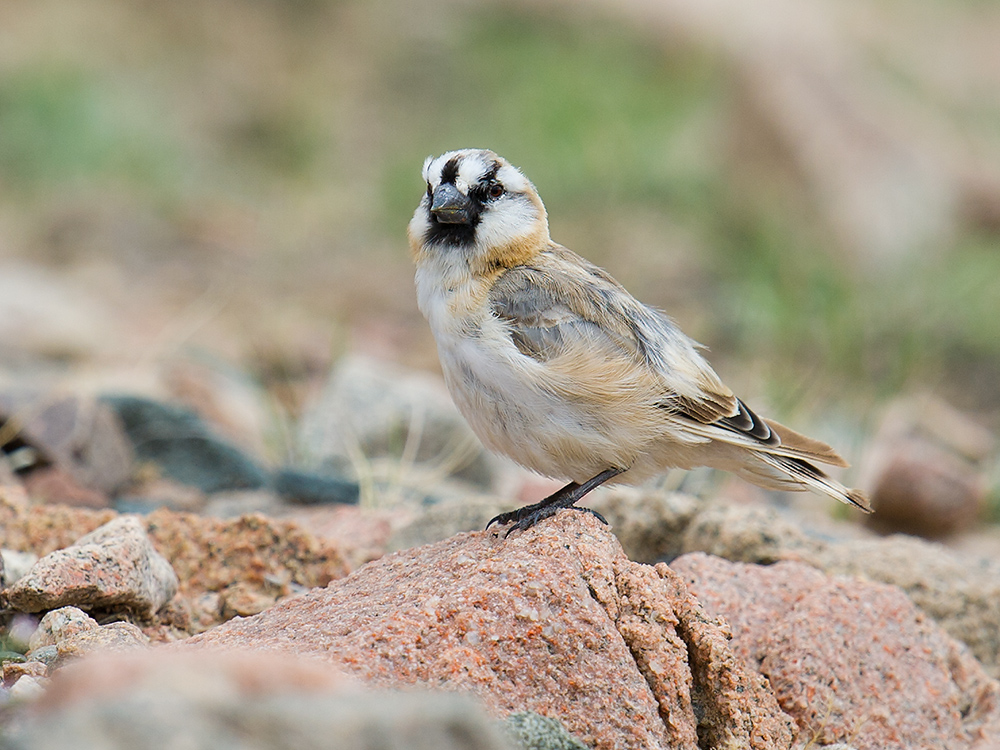
Thurs. 25 July
Gònghé (共和)
The rain today allowed me to sleep in. I needed the rest. After a good bowl of beef noodles at the restaurant next door, Jon, Mrs. Huáng, and I checked out of Qīngyán Bīnguǎn in Chákǎ. The drive to Gònghé was easy. We checked into Hǎinán Bīnguǎn (海南宾馆; +86 974-8512773). In the parking lot of the hotel, we found Japanese Tit Parus minor. At the southern end of the loop road at Gònghé, on the southern edge of the city not far from Gònghé Gorge, we drove down a side road. We were hoping to find good habitat for our target species, Desert Whitethroat and Pale Rosefinch. At a bridge near a village near a brick factory, in the steady rain, we found a single Desert Whitethroat Curruca minula. Later, a bit farther down the road, we found a singing Black-faced Bunting, and later, Grey-capped Greenfinch Carduelis sinica. Doubling back, we found Crested Lark Galerida cristata. Black Redstart were common all along the road. We saw a single Chinese Pond Heron Ardeola bacchus.
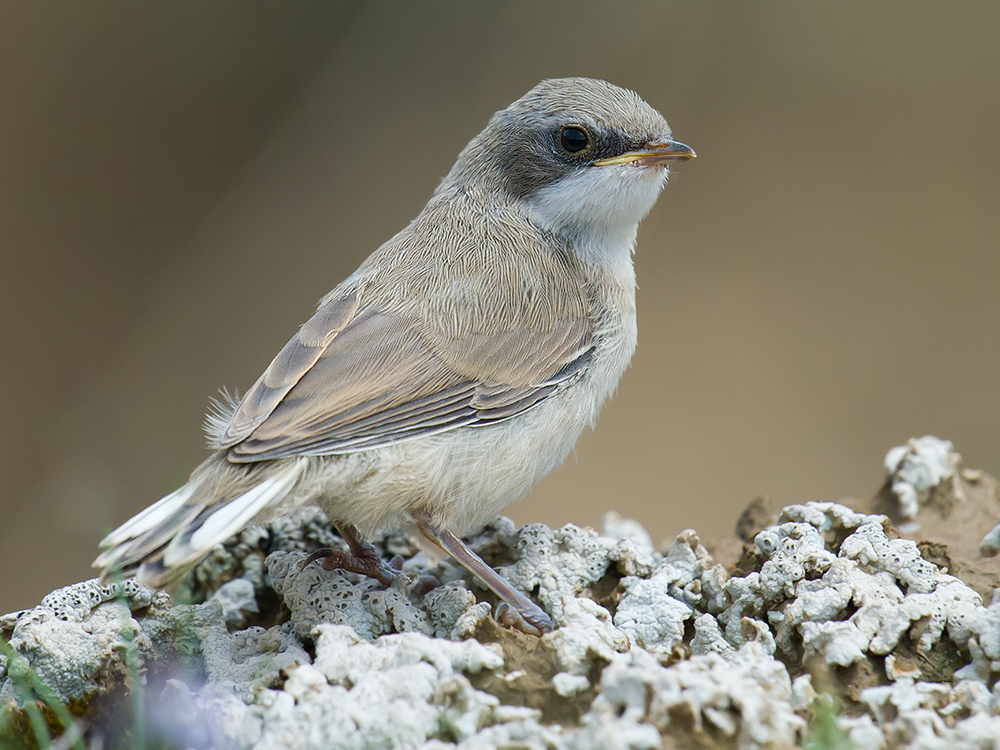
Fri. 26 July
Gònghé
The rain continued until around noon. Our team took advantage of the down time. Mrs. Huáng and Jon took our Nissan Paladin to the tire shop in Gònghé to patch a slow leak in the tire. Later, we drove to Gònghé Gorge, elev. 2800 m, along the G214 just south of town. We saw a Daurian Partridge Perdix dauurica. The partridge was crossing the dry streambed. Our target bird here was Desert Whitethroat. When Gònghé Gorge failed to produce any whitethroats, we decided to go back to the place where we’d found the whitethroats yesterday. We found 4 Desert Whitethroat at that spot. Back at the gorge, I photographed a Common Rock Thrush Monticola saxatilis and (from a distance) a Daurian Partridge. I saw Rock Sparrow and Ground Tit. I got a record shot of Common Kestrel. Going back into town, we saw a Eurasian Coot Fulica atra.
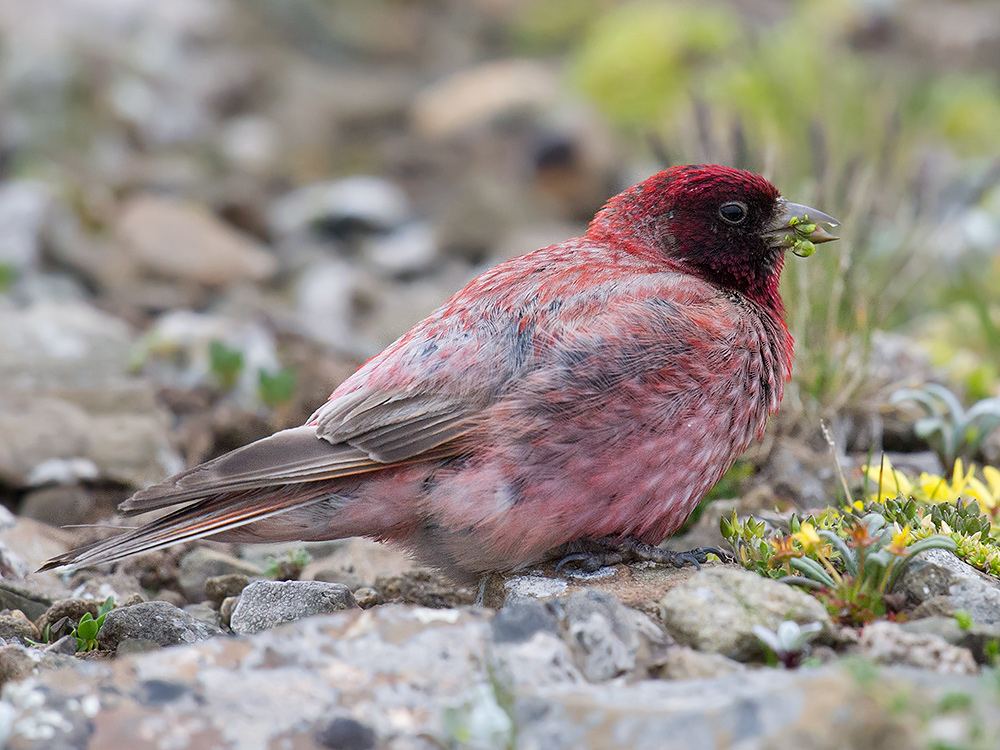
Sat. 27 July
Èlā Shānkǒu/Wēnquán (鄂拉山口/温泉)
Today we drove on the G214 from Gònghé to Èlā Pass, elev. 4499 m. On the way to the pass, we stopped at a pasture along the G214. The elevation there was 3800 m. There we found a typical mix of Tibetan Plateau birds, among them Rock Sparrow, Rufous-necked Snowfinch, Kessler’s Thrush Turdus kessleri, and Pink-rumped Rosefinch Carpodacus eos. Within five minutes of our arrival, we had already seen a single male Tibetan Rosefinch Carpodacus roborowskii. Endemic to Qinghai and Tibet, Tibetan Rosefinch breeds on the most barren, rockiest portions of the alpine tundra. It is regularly reported at Èlā Pass. We saw dozens of Henri’s Snowfinch Montifringilla henrici. Juvenile Henri’s Snowfinch were so abundant that one feared stepping on them. Parents were arriving with payloads of insects, stuffing them into the gaping mouths of the juveniles. Endemic to the eastern Tibetan Plateau, Henri’s Snowfinch was formerly considered to be a subspecies of White-winged Snowfinch (M. nivalis). We saw another high-altitude specialist, Red-fronted Rosefinch Carpodacus puniceus. We saw a pair. No passerine breeds at higher altitudes (to 5700 m) than Red-fronted Rosefinch. A walk across the tundra netted views of Tibetan Lark and Horned Lark. I was surprised to see a single Tufted Duck Aythya fuligula and a Common Sandpiper Actitis hypoleucos. By the road, I found a Kam Dwarf Hamster Cricetulus kamensis. In the late afternoon, I walked from the pass to the saddle and from there to the rounded top of the lower peak. The elevation there is about 4700 m. The place is desolate; there, the tallest plants barely reach 3 cm in height. Few animals can survive there. One of the hardy survivors is Tibetan Rosefinch. With the entire mountaintop at his disposal, this individual, a male, for some reason landed just a few meters from me. I watched the rosefinch dip his head between the tiniest of stones, finding there the tiniest of plants, out of which he would extract a mouthful of the tiniest seeds. Here indeed is a bird suited to life on the Tibetan Plateau. Before climbing to the top, I was met by two Tibetan boys, brothers. They were curious about the three strangers with the heavy equipment. My policy in Qinghai was simple: See a kid, hug a kid. I picked them up. Mrs. Huáng took some shots of us. The older boy spoke little Mandarin; the younger spoke none. The boys were summering in the high pastures with their family. We spent the night in Wēnquán, a gritty town that reminded me of small towns I’d seen in Alaska. Just as in the Arctic, in summer the towns high on the Tibetan Plateau look as if they’ve just emerged from winter. There are no good hotels in Wēnquán; we stayed in a dump that provided a well for water and an outhouse over a stream for a toilet.
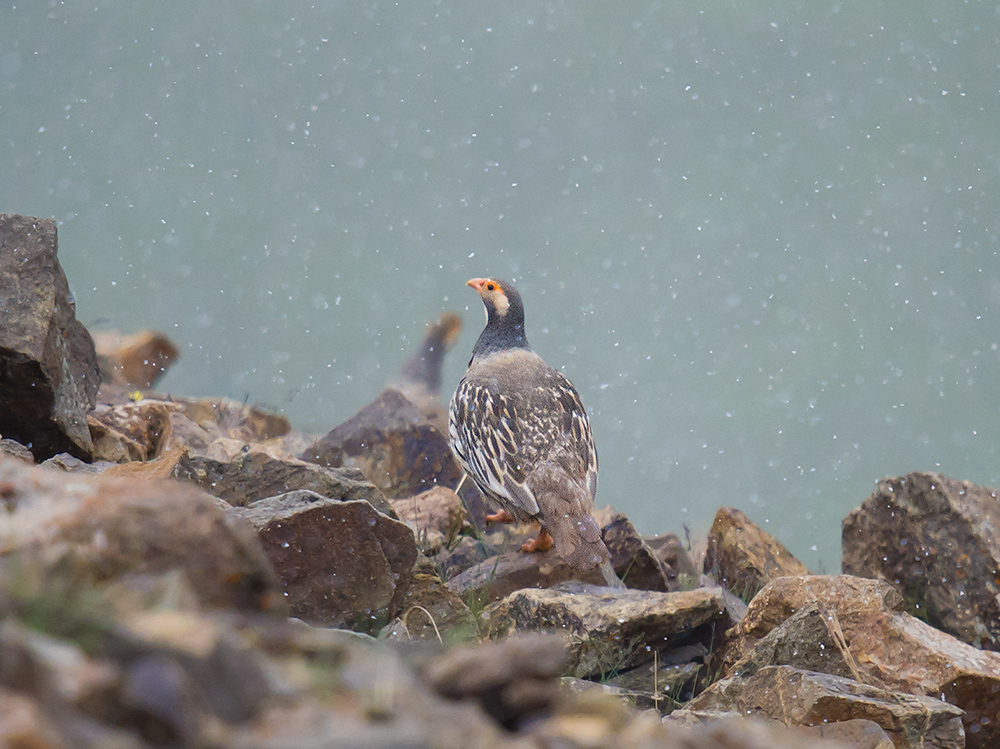
Sun. 28 July
Mǎduō (玛多)
Today I found Tibetan Snowcock Tetraogallus tibetanus. Jon and I climbed from Èlā Pass to the top of Èlā Mountain, elev. 4800 m. From the ridgeline on Èlā Mountain, Jon and I saw a pair of snowcocks flying across the valley below. I moved down, Jon remaining on the ridgeline to direct me. Jon and I stayed in contact through walkie-talkie. The snowcocks blended in well with the rocks and were difficult to see. Just as I was about to reach the spot where we’d seen the snowcocks, it started snowing. Jon and I agreed that he would start down toward our car. I was alone. The snow was stinging my face. Finally, I made out the snowcocks and managed some dramatic photographs. Within minutes, the snowstorm was over, and I made my way back to the car. Jon was waiting for me with a swollen tongue, an allergic reaction probably brought on by the strenuousness of the high-altitude climb. We were exhausted but elated to have seen and photographed Tibetan Snowcock. Also today I had my only view on the trip of a female Tibetan Rosefinch. On the climb up, with almost nothing but rocks and sky around me, I saw, flying in and alighting on a boulder, Plain Mountain Finch Leucosticte nemoricola. Another lonely bird up there was Brandt’s Mountain Finch Leucosticte brandti. On the round summit of Èlā Mountain, I watched a flock of Common Raven Corvus corax. We drove toward Mǎduō. Along the way, on the outskirts of a town called Huāshíxiá (花石峡), elev. 4230 m, we came upon a family of Güldenstädt’s Redstart: male, female, and juvenile. Like all members of Phoenicurus, Güldenstädt’s Redstart are lovers of perches and vertical surfaces—whether natural or man-made. Amusingly, this family was making good use of a bulldozer, perching on it and probing its nooks and crannies. We found a flock of Asian Short-toed Lark. In the “Mǎduō Wetlands” we saw 10 Bar-headed Goose and 15 Ruddy Shelduck. We rolled into Mǎduō and found lodging at Lǐngguó Bīnguǎn (岭国宾馆; +86 975-8348888). In the room, I worked into the night, taking advantage of the good Internet connection to upload my best photos to the cloud.
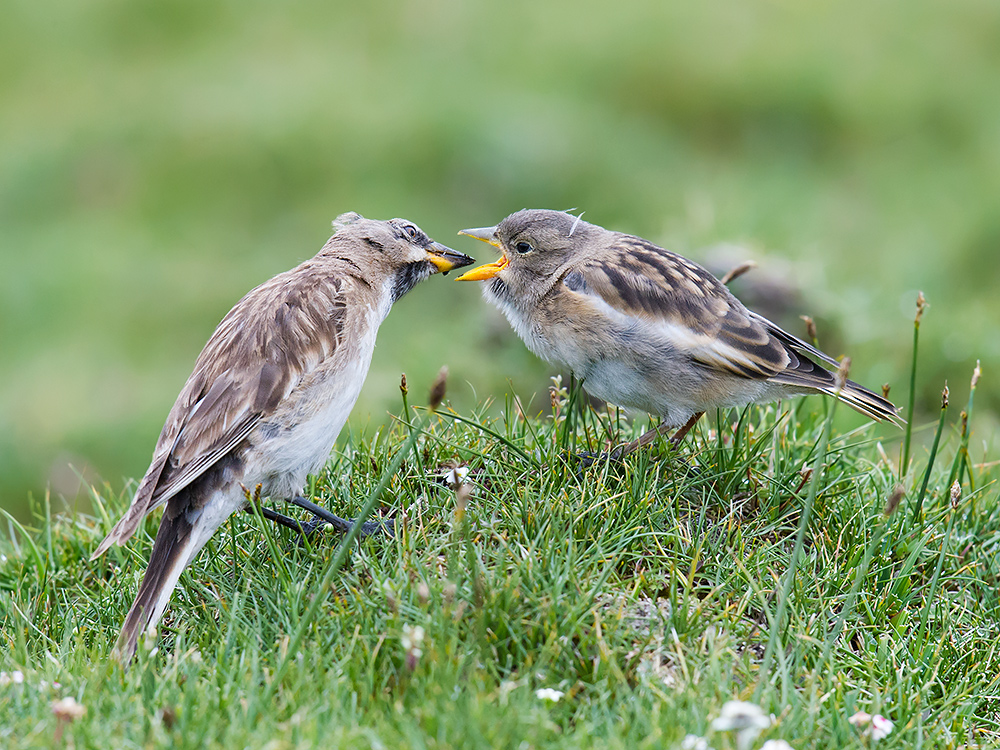
Mon. 29 July
Yùshù (玉树)
Continuing south, we drove to Bayan Har Pass (巴颜喀拉山口 [Bāyán Kālā Shānkǒu]), elev. 4824 m. Within minutes we had found a male Tibetan Rosefinch and 6 Güldenstädt’s Redstart. Further south, we found 3 Great Crested Grebe (凤头䴙䴘, fèngtóu pìtī, Podiceps cristatus). We stopped for a long picnic lunch along the banks of the Zāqū (扎曲) River, i.e., the upper Mekong. The elevation there was 4550 m. A Brown-headed Gull flew through, and I saw a Common Sandpiper. Our exhausting day of driving (475 km) ended at Yùshù. This large town has plenty of hotels and restaurants and even an airport. We spent the night at Yùshù Kāngbā Yìzhàn Lǚdiàn (玉树康巴驿站旅店; +86 976-8816222).
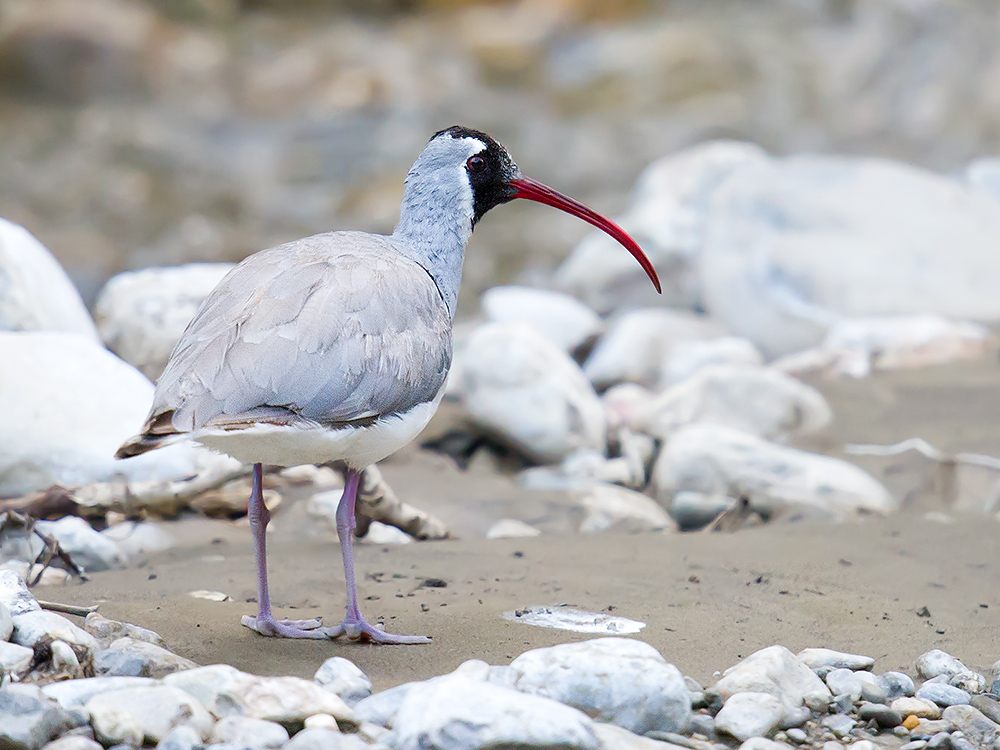
Tues. 30 July
Nángqiān (囊谦)
We drove from Yùshù to Mt. Kǎndá (坎达山 [Kǎndá Shān]). At the pass, at about 4700 m above sea level, we found and photographed Tibetan Bunting Emberiza koslowi. Tibetan Bunting occurs exclusively on the eastern Tibetan Plateau around the border of Tibet and Qinghai. The species breeds late (chicks hatch around mid-July), so we were not surprised to see the male with his bill full of invertebrates. Later, farther down, we found Godlewski’s Bunting Emberiza godlewskii. Earlier in the day, at the lower reaches of Kǎndá Gorge, we found a pair of Ibisbill Ibidorhyncha struthersii. As our team approached Nángqiān, we looked forward to seeing Ibisbill along the Zāqū River. But the Zāqū River is badly polluted around Nángqiān, with runoff from the many road-construction projects staining the river brown. At Kǎndá Gorge, we saw clear water in the streams, and we knew Ibisbill would be there. Within 30 minutes, we’d found the pair. Other birds: 2 Yellow-billed Chough Pyrrhocorax graculus, Eurasian Crag Martin Hirundo rupestris. At Nángqiān, we stayed at Lóngzhū Shāngwù Dà Jiǔdiàn (龙珠商务大酒店; +86 976-8873999). The bathroom stank, but the room was otherwise comfortable, and in tough, remote Nángqiān, one doesn’t get a whole lot of choices.
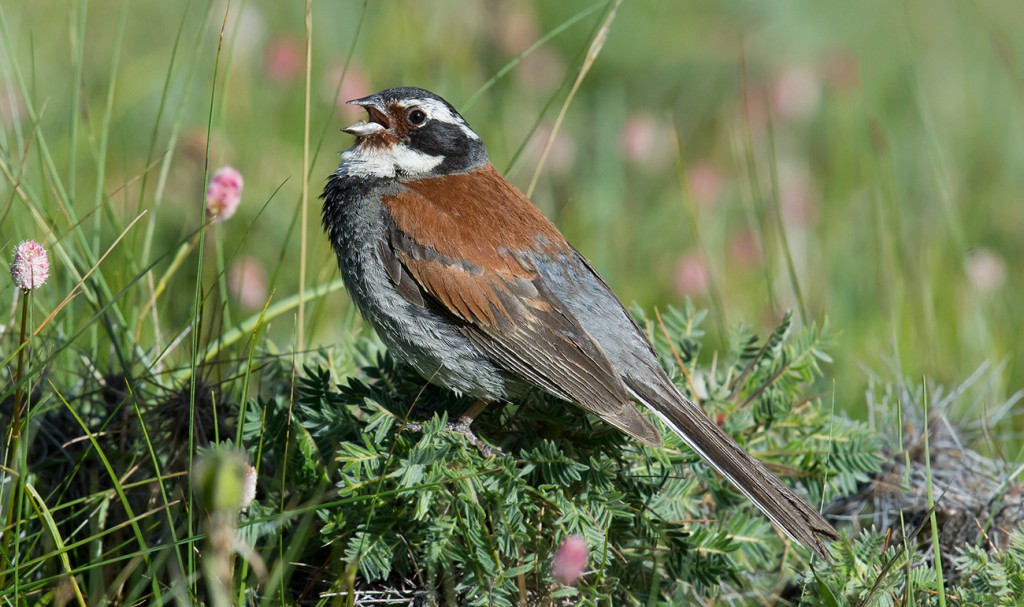
Wed. 31 July
Nángqiān
I relaxed in a side gorge of Kǎndá Canyon. We spent the day in the canyon. I photographed a flock of 8 Sichuan Tit Poecile weigoldicus. A bird of the high country, Sichuan Tit is found in coniferous forest and above the tree line between 2200 m and 4300 m. It’s a Chinese endemic, with a distribution from southeastern Qinghai and western Sichuan to southeastern Tibet and northwestern Yunnan. I found a flock of perhaps 8 birds at 4025 m above sea level.
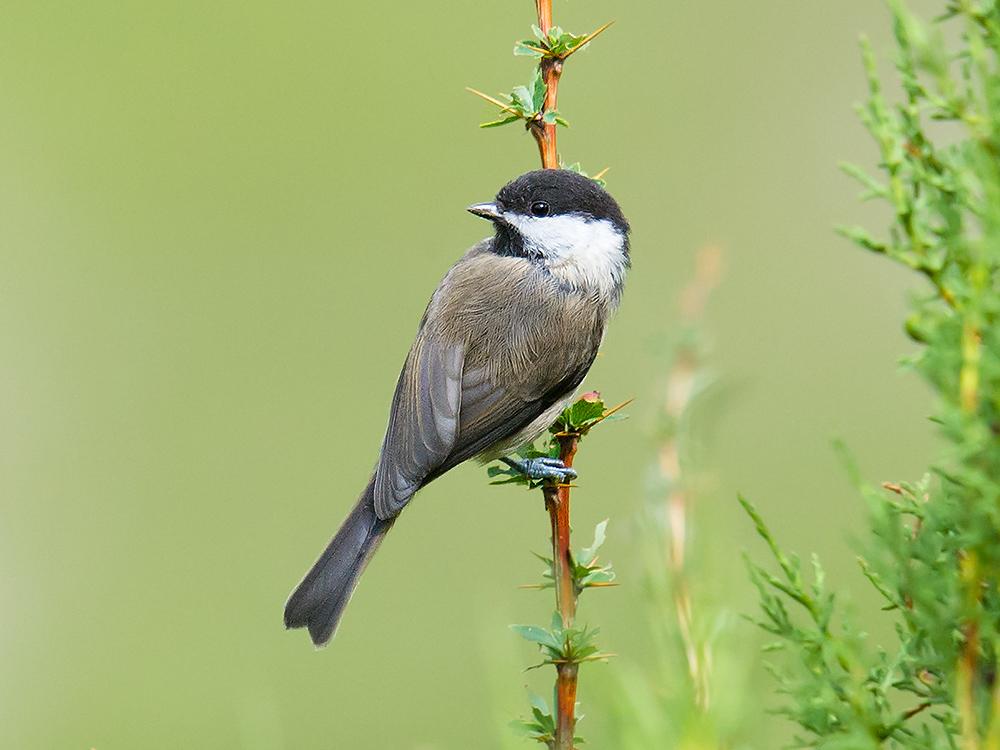
We got close to Snow Pigeon Columba leuconota. Driving in a broader part of Kǎndá Canyon, we found Daurian Jackdaw Coloeus dauuricus on the backs of sheep. Red-billed Chough were readily seen, as were Hodgson’s Redstart Phoenicurus hodgsoni. We kept mistaking the very common Elliot’s Laughingthrush Trochalopteron elliotii for Tibetan Babax, which we were so eager to find. Drinking from the stream was an attractive red Common Rosefinch Carpodacus erythrinus. As darkness fell, we found another Ibisbill along the stream.
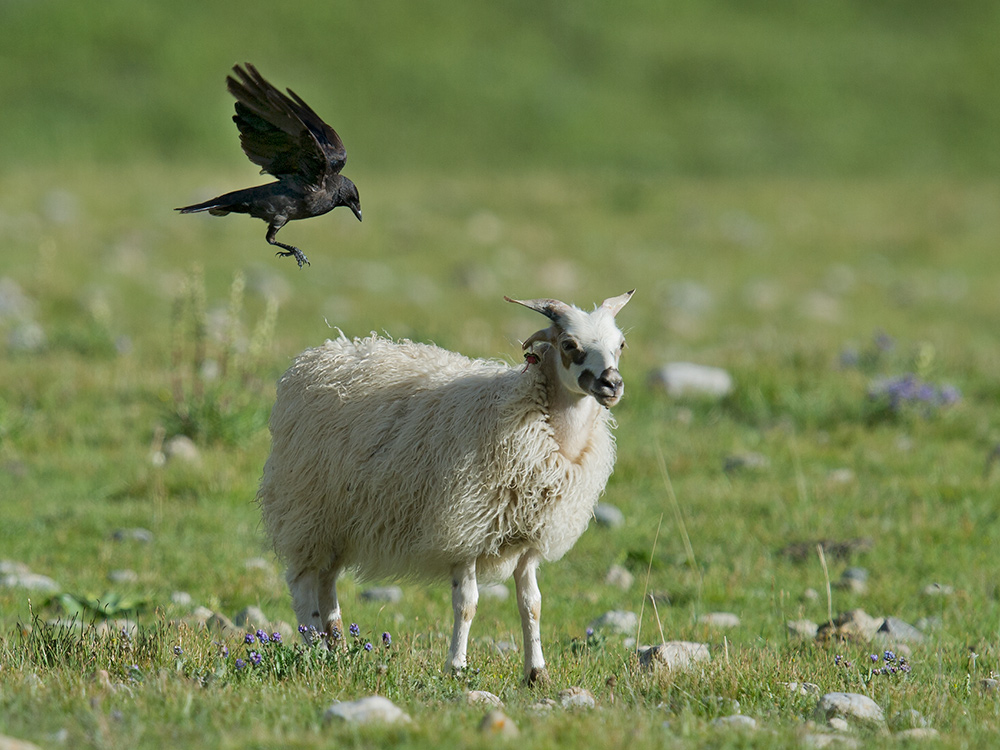
Thurs. 1 Aug.
Nángqiān
Today we drove to Báizhā (白扎) Forest Reserve and Gǎ’ěr Monastery (尕尔寺 [Gǎ’ěr Sì]). On the way in, we saw dozens and dozens of Plateau Pika. We saw a single Tibetan Partridge Perdix hodgsoniae. We saw this species in four widely separated locations on three days. Could it be that, given the right habitat, the Tibetan Partridge is fairly common? Resting in the car along the stream, I heard the piercing note of White-capped Redstart Chaimarrornis leucocephalus. Grazing on the slopes near the monastery was a herd of about 25 Blue Sheep Pseudois nayaur. Corvids were abundant at the monastery. We found 3 Common Raven, 10 Red-billed Chough, 6 Eurasian Magpie, and Daurian Jackdaw. Driving down, we stopped to view a Grey Crested Tit Lophophanes dichrous, a Chinese White-browed Rosefinch Carpodacus dubius, and a Greenish Warbler Phylloscopus trochiloides.
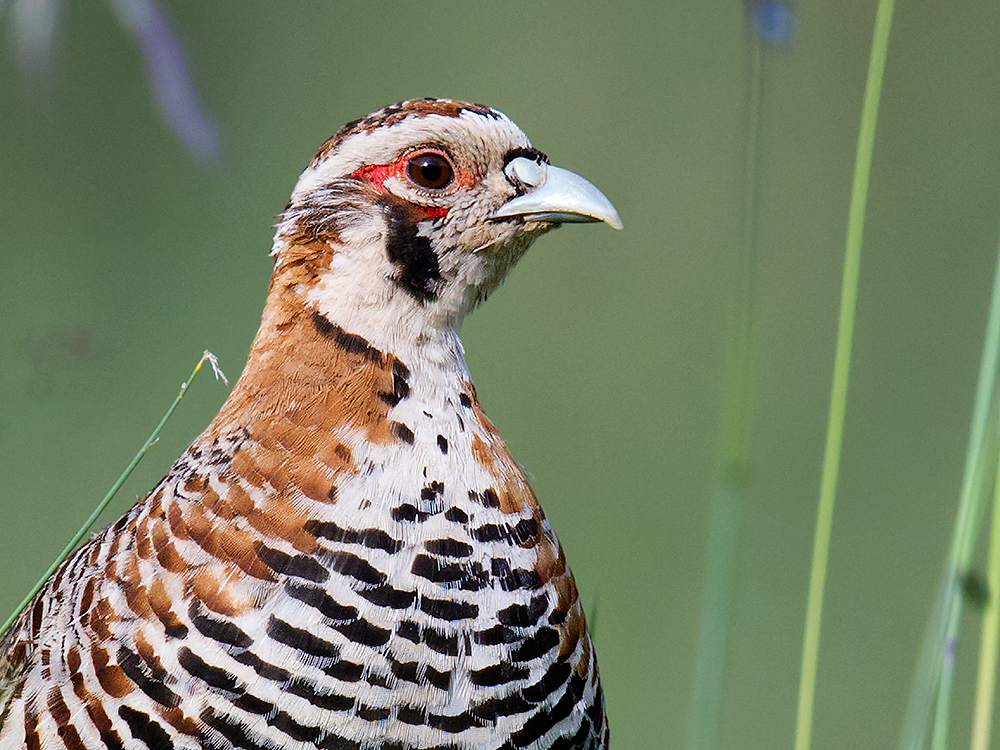
Fri. 2 Aug.
Nángqiān
Awoke before dawn and went to Báizhā. Birding was slow, but rabbiting was fruitful; Woolly Hare were out and about. Elliot’s Laughingthrush were conspicuous. Photographed Common Rosefinch. We found a Rufous-vented Tit Periparus rubidiventris and a single Glover’s Pika Ochotona gloveri. A White-rumped Snowfinch was foraging in the shadow of an Upland Buzzard; the buzzard was perching on a utility pole. Along the road as we drove back to Nángqiān, we found Streaked Rosefinch, Brown Accentor, and 1 Chinese Grey Shrike Lanius sphenocercus giganteus. In the afternoon, we went back to Kǎndá. There, we got photos of 3 half-tame Tibetan Partridge. We saw 6 Tibetan Babax Pterorhinus koslowi.
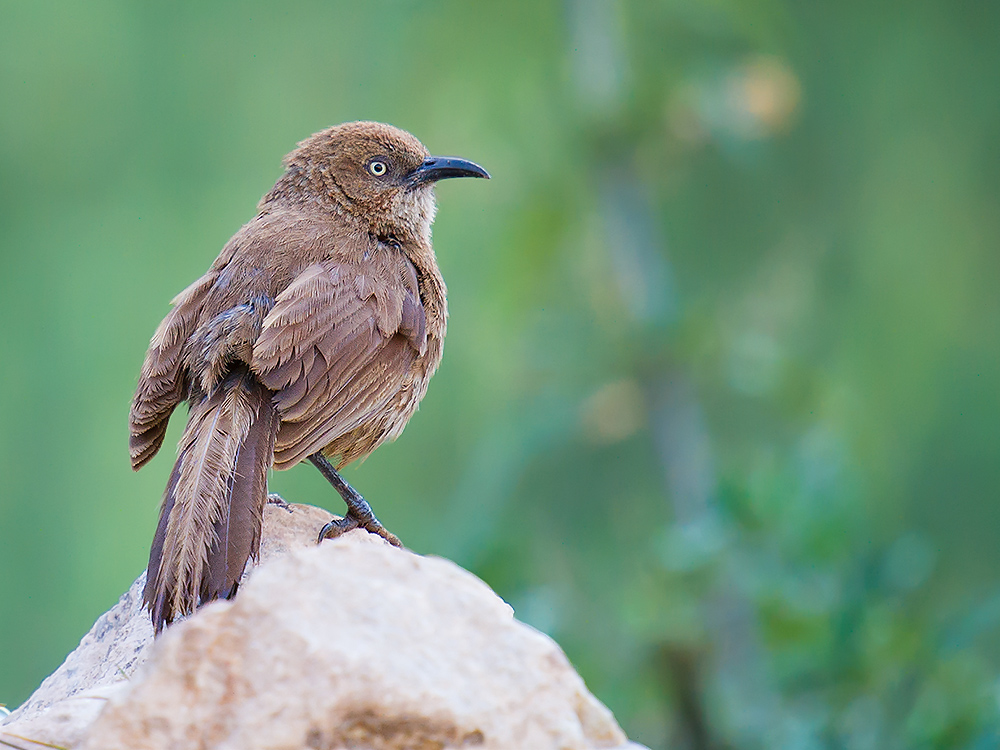
Sat. 3 Aug.
Nángqiān
Returned to the nunnery at Kǎndá. I achieved very good images of Tibetan Babax, Hodgson’s Redstart, and Common Rosefinch. Jon spotting-scoped a pair of White Eared Pheasant Crossoptilon crossoptilon. Later, at Báizhā Forest Reserve, again using Jon’s scope, we found another group of White Eared Pheasant. We found another small herd (about 8 individuals) of Blue Sheep. I photographed a male Kessler’s Thrush and a female White-throated Redstart Phoenicurus schisticeps. On the dirt road at Báizhā, Jon, Mrs. Huáng, and I posed next to the Nissan Paladin for some group shots. The sun was shining, our equipment was standing next to us, and everyone was smiling. With a week to go in the trip, we already knew that we had a great team and that this trip was going to be a memorable one.
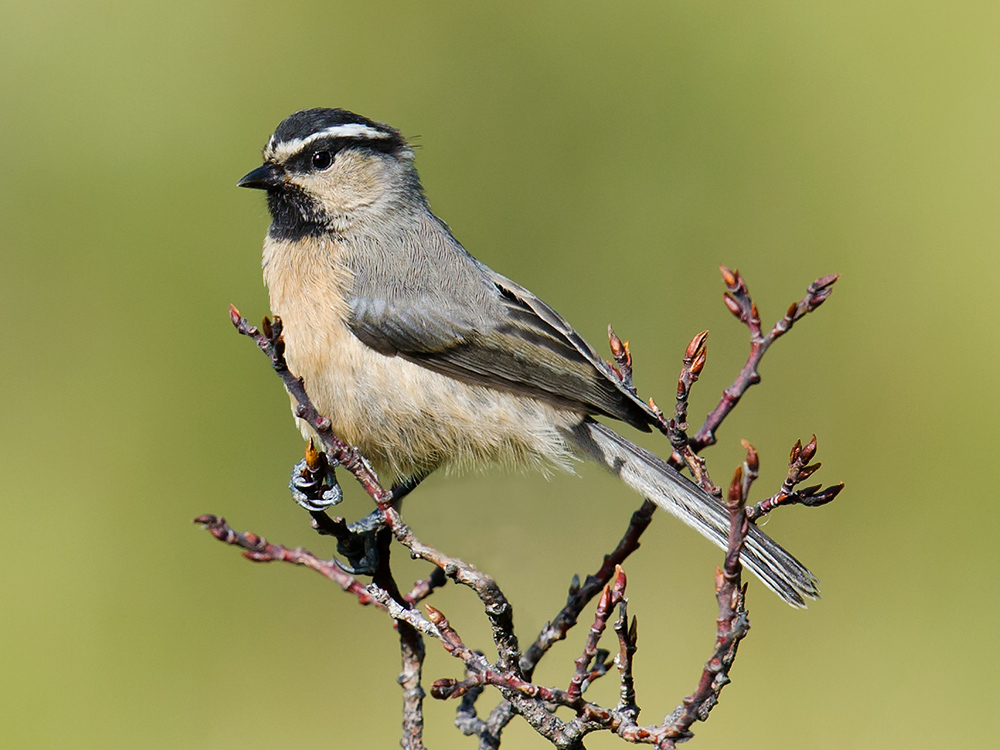
Sun. 4 Aug.
Qīngshuǐhé (清水河)
We left Nángqiān and headed north. Along the way, we found, perching on fences on the side of the road, 3 Little Owl Athene noctua. We lunched in Yùshù. Continuing north out of Yùshù, we stopped at Yànkǒu Shān (雁口山), elev. 4458 m. None of our research had mentioned this great site, but Jon and I had become experienced enough to know where the good habitat was. Yànkǒu Shān is covered with pristine scrub, easily visible from the road. I got photos of White-browed Tit and immature Chinese Rubythroat Calliope tschebaiewi. I found juvenile Cuculus cuckoos; were they Eurasian Cuckoo Cuculus canorus, or Oriental? We saw 1 Tibetan Partridge and 5 Alpine Leaf Warbler. We ended up staying in a town called Qīngshuǐhé (“Clearwater River”). The water in the nearby river may be clear, but there is no running water and no indoor plumbing in the entire town.
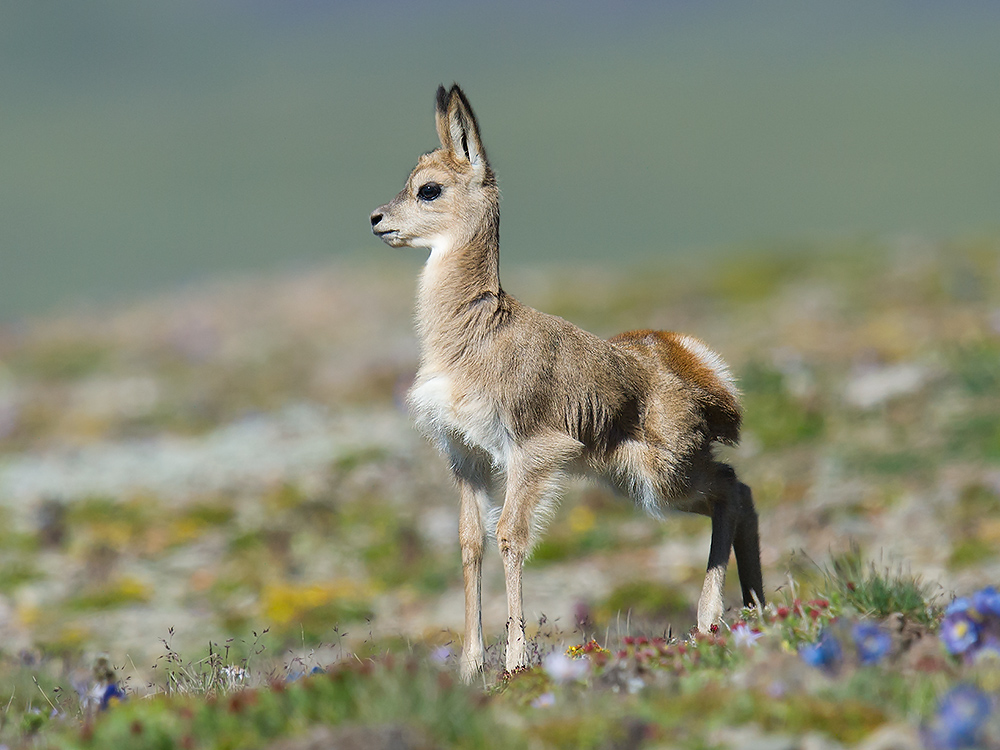
Mon. 5 Aug.
Mǎduō
We climbed the mountain on the western side of the G214 near Bayan Har Pass. We were looking for, but failed to find, Tibetan Sandgrouse. We topped out on the rather flat summit at 5078 m or 16,656 ft. I never had been above 5000 m. In the United States, only in Alaska can one reach altitudes higher than 5000 m. It was a sunny day, very mild, with temperatures about 10°C or 50°F. Although we never found the sandgrouse, I still enjoyed the pursuit. I kept chewing on this thought: Man cannot thrive at altitudes above 5000 m. Homo sapiens is a species unsuited to such heights. 5000 m is a slightly different world. It’s a part of the earth, but it’s not a part of the normal world of man. At 5000 m, my resting heart rate was 100 beats a minute; at sea level, it’s 80. Walking up the mountain, I found 2 Irene’s Mountain Vole (原高原松田鼠, gāoyuán sōngtiánshǔ, Neodon irene). A Güldenstädt’s Redstart landed directly in front of me (just 5 m away), inspected me, and flew off. I was making 15-second videos of myself using my iPhone and sending them back to my parents and sister in America. Walking alone, I noticed a quick movement on the ground 25 m away. A baby Tibetan Gazelle was crouching low to avoid detection. Now that it knew I’d seen it, the gazelle stood up and bounded away. But the youngster couldn’t go far at that altitude. I achieved superb photos of the fragile little creature. We drove on the rough, dusty G214 to Mǎduō. As we sped along, a Golden Eagle Aquila chrysaetos flew across the road, just 20-30 m above the surface.
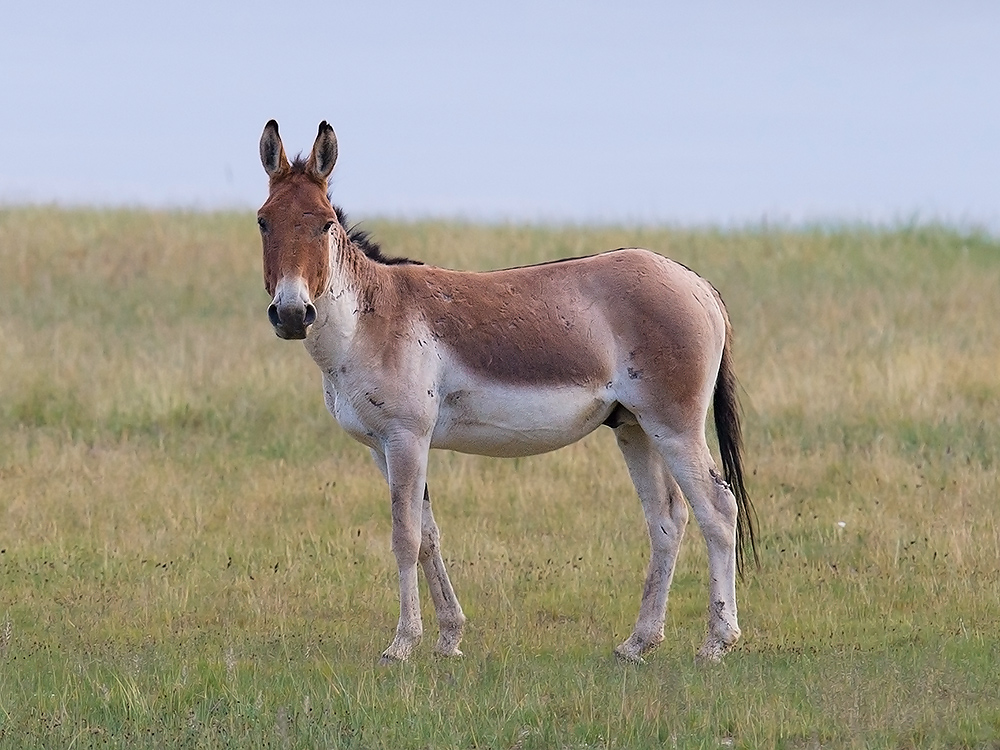
Tue. 6 Aug.
Xīníng (西宁)
Leaving Mǎduō, we found 3 Tibetan Wild Ass Equus kiang, also known as Kiang. We saw a flock of 15 Bar-headed Goose and 25 Ruddy Shelduck. We saw Tibetan Gazelle from the road. We took advantage of the constant rain to get a big chunk of the driving done. After eating lunch in Gònghé, we pressed on to Xīníng (西宁). We went to a Western restaurant and had pizza and steak.
Wed. 7 Aug.
Hùzhù Běishān (互助北山)
We awoke in Xīníng and drove to the hills near the train station. Here we had a fleeting, fly-by glimpse of a single Verreaux’s Monal-Partridge Tetraophasis obscurus. We saw Meadow Bunting here as well as a pair of Plain Laughingthrush Garrulax davidi and a single Grey-headed Woodpecker Picus canus. We drove to Hùzhù Běishān (互助北山), on the northeastern border with Gansu. Our reason for going there was to find Blue Eared Pheasant, Chinese Grouse, and Gansu Leaf Warbler. At a scenic point 3100 m above sea level, we saw Elliot’s Laughingthrush and Blue-fronted Redstart. Later, we found Plumbeous Water Redstart Phoenicurus fuliginosus. We stayed at Qīnghǎi Shěng Zìjiàchē Lǚyóu Jīdì (青海省自驾车旅游基地; +86 972-8395266).
Thurs. 8 Aug.
Hùzhù Běishān
A morning drive netted views of Hodgson’s and White-throated Redstart as well as Chestnut Thrush Turdus rubrocanus, Eurasian Jay Garrulus glandarius, Willow Tit Poecile montanus, Olive-backed Pipit Anthus hodgsoni, Grey-headed Bullfinch Pyrrhula erythaca, Large-billed Leaf Warbler Phylloscopus magnirostris, and Hume’s Leaf Warbler Phylloscopus humei. We drove to a side valley in search of Chinese Grouse. We saw 1 Slaty Blue Flycatcher Ficedula leucomelanura, Chinese Bush Warbler Locustella tacsanowskia, Common Kingfisher Alcedo atthis, Himalayan Bluetail Tarsiger rufilatus, and 2 Greenish Warbler. The woods were mainly silent here; breeding season has long since ended.
Fri. 9 Aug.
Lanzhou University Yùzhōng Campus, Yùzhōng (榆中), Gansu
I slept in at Hùzhù Běishān while Jon and Mrs. Huáng went looking for Blue Eared Pheasant. While they were away, I took a short walk around the hotel and found 2 Gansu Leaf Warbler Phylloscopus kansuensis, a Grey Wagtail, 3 juvenile Chestnut Thrush, and 6 Large-billed Crow. Jon and Mrs. Huáng returned, having caught only a fleeting glimpse of the pheasants. We drove into Gansu, passing through Lánzhōu on our way to Yùzhōng (榆中). Our destination was the Yùzhōng campus of Lanzhou University. After hours of tough driving, we made it to the campus just as darkness was falling.
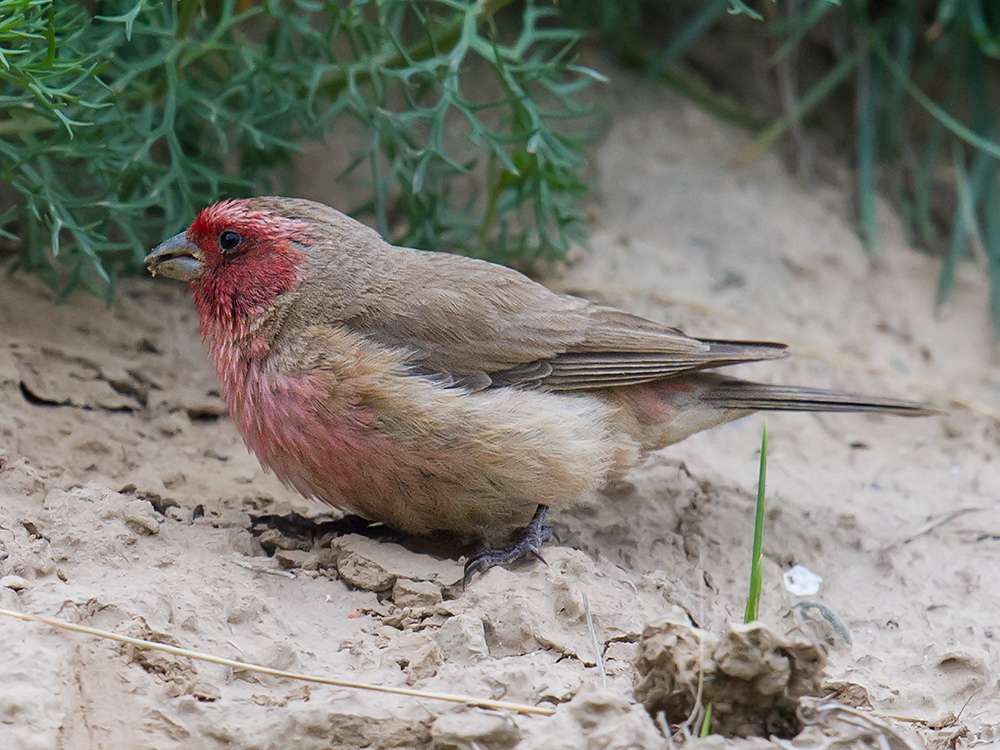
Sat. 10 Aug.
Beijing
Our reason for going to Yùzhōng was to see Pale Rosefinch Carpodacus synoicus. We quickly found 12 on the loess mountain on the edge of campus. We found the rosefinches near the garbage dump. Unprocessed garbage is tossed into the gullies; what remains on top is burned. Acrid smoke was filling our lungs and stinging our eyes. Other birds around campus: Eurasian Hoopoe, Red-billed Chough, Black Redstart, Common Pheasant Phasianus colchicus, Spotted Dove Spilopelia chinensis, Pied Wheatear Oenanthe pleschanka, and Light-vented Bulbul Pycnonotus sinensis. My final photo of the trip was of an Alashan Ground Squirrel Spermophilus alashanicus. The three of us drove to Lánzhōu, dropped off the Paladin, got a ride from the rental-car people to the airport, and rested at the airport for a few hours. Mrs. Huáng and I set off for Beijing. Jon’s flight took off a few hours later.
ACKNOWLEDGEMENTS
We based our trip on Björn Anderson’s 2003 report. Jon Hornbuckle gave me many helpful tips. The Web site of John and Jemi Holmes was helpful. Birdtour Asia’s Qinghai-Xinjiang Report, from 2012, proved useful. Peter Collaerts gave us a useful tip. Jon Gallagher and Huáng Xiǎo Ān are excellent partners. Thank you all.
MORE POSTS ON QINGHAI
shanghaibirding.com offers unparalleled coverage of birding in Qinghai. Below is an index to our posts on Qinghai. Reach us at info@shanghaibirding.com.

Summer-long Birding Expedition to Qinghai (Introduction): We birded Qinghai from June to August, spending the entire summer in the province. We noted classic Tibetan Plateau birds White Eared Pheasant, Black-necked Crane, White-browed Tit, and Przevalski’s Redstart. We explored little-birded northern Qinghai, discovering new locations for Przevalski’s Partridge, Tibetan Sandgrouse, and Gansu Leaf Warbler.
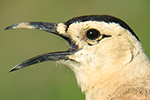
Birding Eastern Qinghai, from the Border with Gansu to the Border with Tibet: We spent the first two weeks of the expedition covering eastern Qinghai, from the Gansu border in northeast Qinghai to Ga’er Monastery on the border with Tibet. We had Henderson’s Ground Jay west of Chaka, Ibisbill on tributaries of the Mekong River, White-browed Tit in scrub along the G109, and Güldenstädt’s Redstart breeding near Qinghai Lake.
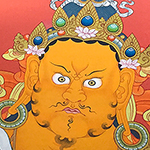
Birding Qinghai’s Eastern Yushu Prefecture: We found Tibetan Lynx in the Kanda Mountains, discovered new birding sites, and at an art school in the wilderness immersed ourselves in Tibetan Buddhist culture. Among our highlights were Grandala and Red-fronted Rosefinch, the highest-breeding bird in the Palearctic. Our mammals included White-lipped Deer and Mongolian Five-toed Jerboa, and we saw evidence of attacks by Brown Bear.
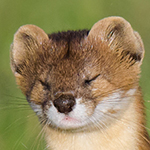
Birding the Qilian Mountains of Northern Qinghai: Our most important discovery was the poplar forests along the Heihe and Babao rivers, where we encountered woodland species Gansu Leaf Warbler and Chinese Thrush. Conifer forests yielded Black Woodpecker, and the scrub and pastureland gave us Eurasian Eagle-Owl, Siberian Roe Deer, and Mountain Weasel.
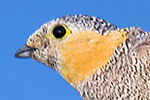
Forbidding (and Forbidden) Hala Lake: Defying a ban on foreigners, we birded the wild, remote inland sea in north-central Qinghai, elev. 4077 m (13,376 ft.). The lake yielded several interesting Qinghai records, among them Little Stint, Curlew Sandpiper, and Eurasian Whimbrel. Near shore, in perfect semi-desert habitat, we discovered flocks of Tibetan Sandgrouse.
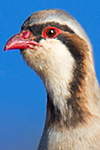
Birding the Remote Backcountry of Wulan County, Qinghai: Amid stunning scenery, we found Tibetan Wolf, discovered a new location for Przevalski’s Partridge, and around Lake Xiligou had Qinghai favorites Black-necked Crane and Tibetan Lark. The lake held a noisy super-flock of 4,600 Ruddy Shelduck, and Mongolian Goitered Gazelle were in the hills behind. Near Chaka we had Mute Swan.
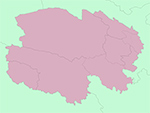
Index to Place Names in Qinghai: Study this list and plan your trip to Qinghai, the most exciting province for birding in China. We offer fascinating facts on famous places as well as sites little known, all with geographic coordinates. Read also our bibliography and use our index of eBird lists from the summer-long expedition.
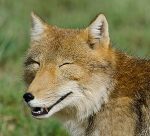
Mammals and Birds of the Tibetan Plateau: Our team drove 3977 km (2,471 mi.) in 15 days, starting and ending in Golmud, Qinghai. In mountains as high as 5100 m (16,730 ft.), we found 98 species of bird. Mammals were the big stars. I watched a Tibetan Fox catch and devour a vole, we found 46 Tibetan Antelope and a Tibetan Wolf in Antelope Valley, and we saw dozens of Tibetan Wild Ass.
Qinghai in October: Jesper Hornskov and his team noted 178 species of bird in October, a time of year, Hornskov writes, “when few dedicated birdwatchers visit this unique land.”
Qinghai in the Age of Covid: Covid-19 complicated the trip, but watching Tibetan Wolf pups frolic made all the trouble worthwhile. We sampled a wide array of western China birds, among them Daurian Partridge, Pallas’s Sandgrouse, and White-winged Grosbeak.
In addition to coverage of Qinghai and our core area of Shanghai, shanghaibirding.com has extensive coverage of other areas of China, among them
Fujian
Northeast China
Sichuan
Xinjiang
Yunnan
Featured image: Jon Gallagher (L) and Huáng Xiǎo Ān (黄小安) photographing Tibetan Bunting Emberiza koslowi near Nangqian, Qinghai, China. Elev. 4680 m (15,350 ft.). (Craig Brelsford)
